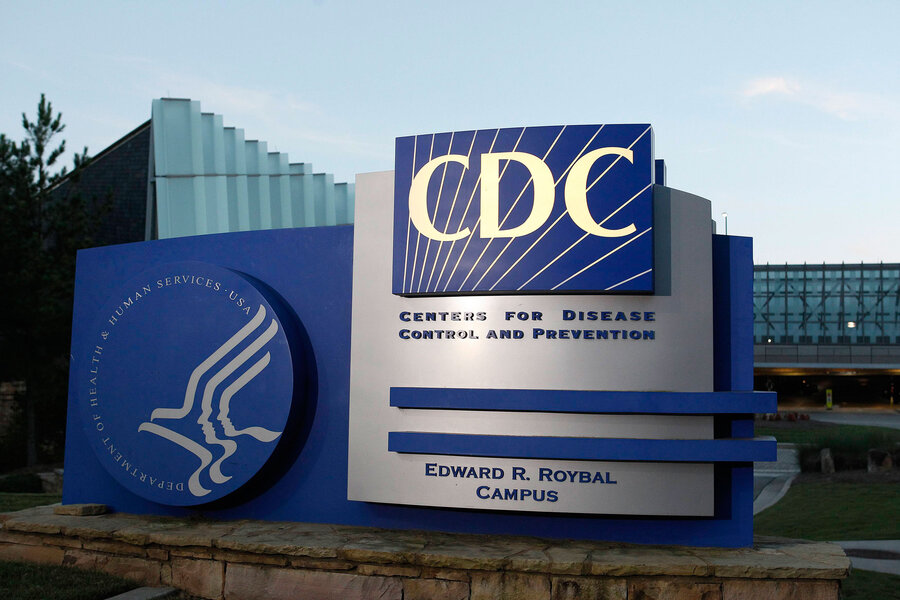Suicide rate triples among young girls: How can we stem the 'silent epidemic'?
Loading...
After years of decline, the suicide rate has climbed again, according to a new report from the Centers for Disease Control and Prevention.
The data shows that the groups most affected were young women and older men. For preteen and teenage girls aged 10-14, the suicide rate tripled from 1999 to 2014. Men aged 45–64 had the second-highest suicide rate for males in 2014.
Suicide has always been one of the leading causes of deaths for teenagers and young adults, but the CDC report illustrates, soberingly, that it's on the rise, with the biggest jump happening after 2006. Researchers have found that the visibility of both humiliations and triumphs on social media networks can lead to increased feelings of isolation and helplessness, especially in vulnerable young people. In 2006, a teenager named Megan Meier committed suicide after receiving e-mails from a woman who posed as a cute teen boy on MySpace.
"There is increasing evidence that the Internet and social media can influence suicide-related behavior," researchers David Luxton, Jennifer June, and Jonathan Fairall wrote in a 2012 study. "There are several specific ways that social media can increase risk for [suicidal] behavior. Cyberbullying and cyber harassment, for example, are serious and prevalent problems."
Other risk factors, such as changes in mood and behavior, can also play a substantial role. But as in the case of one seventh-grader's recent suicide in Tennessee, experts say the biggest difference in preventing suicides is making sure the entire community can talk about it in constructive ways.
"We're afraid of suicide, it is a taboo word. People refer to suicide as the silent epidemic because we don't want to talk about it," Tim Tatum, who works with the Tennessee Suicide Prevention Network, told local news station WRCBTV.
Prevention efforts are growing just as quickly as the national discussion surrounding mental health and suicide "contagion," or the risk that hearing about one person's struggle will push another closer to the edge, as the Monitor's Stacy Teicher Khadaroo reported in a 2013 cover story. Individuals can be trained to identify risk factors in themselves and others, and as a result, find the strength to prevent dark days from taking over.
Dr. Luxton, Ms. June, and Mr. Fairall also note that while the Internet gives plenty of space to photos, videos, and other media depicting and normalizing suicidal behavior, it also holds opportunities for light to shine in the darkness, too.
"Ultimately, proactively using social media to increase public awareness of and education on mental health issues is a logical modern public health approach that can potentially save lives," the study said.






